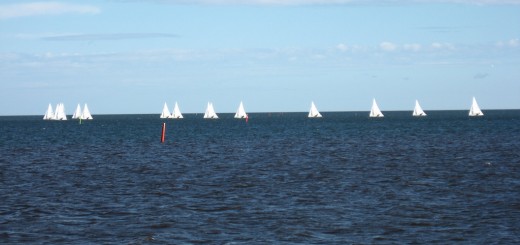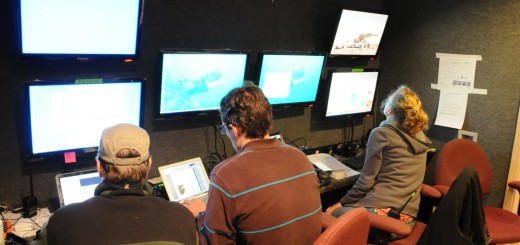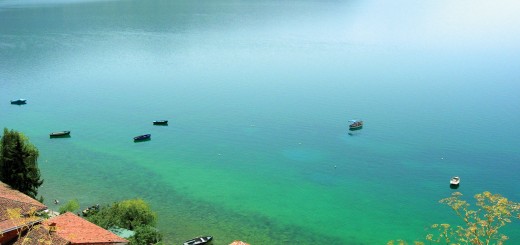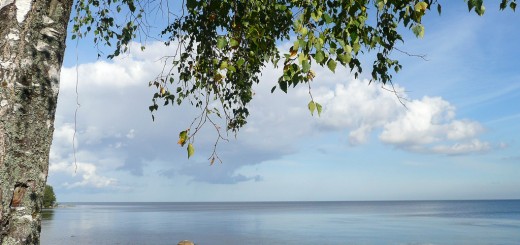Space Rock Created Sweden’s Hummeln Lake
0Instead of forming from an extinct volcano as many have hypothesized, scientists with Lund University in Sweden have found that Hummeln Lake formed thanks to a careening meteorite that struck the Earth, according to Live Science. The discovery was made possible after scientists located a special type of quartz – “shocked quartz” – that can only be created under the pressures a meteorite strike generates.
Researchers found the shocked stones after driving around the lake to get to nearby Siljan Crater, which is the largest crater in Europe according to the University of New Brunswick. It has also filled to form a lake. Lead study author Carl Alwmark, a geologist at Lund, collected the samples between cabins used by tourists.
“These shocked features are not very common, and we got lucky,” said Alwmark, to Live Science.

A photo taken through a microscope of shocked quartz from the Hummeln crater in Sweden. (Credit: Ludovic Ferriere, NHM Vienna)
According to the article published in the journal Geology, researchers analyzed the rocks using optical, scanning and transmission electron microscopy. The optical analysis revealed that most of the quartz grains did not exhibit shock features, but there were still enough to make the discovery.
“Through the findings of unambiguous shock deformation features, we demonstrate, for the first time, that this structure is an impact crater,” the scientists write. “This result not only solves an almost 200-year old enigma, but also strengthens the hypothesis that the cratering rate was increased during the Middle Ordovician (period).” Earth was routinely struck by meteorites during that era, scientists say.

Hummeln Lake, Sweden. (Credit: Google Maps)
Clues that led researchers to suspect Hummeln Lake formed by falling space rock include its well preserved circular shoreline as well as the large Siljan Crater nearby.
“There are too many craters at this point for it just to be a coincidence,” said Alwmark to Live Science. “If we start finding even more of these larger craters, then you should start speculating about whether this (bombardment) could have had a profound impact on the evolution of Earth’s biology.”













